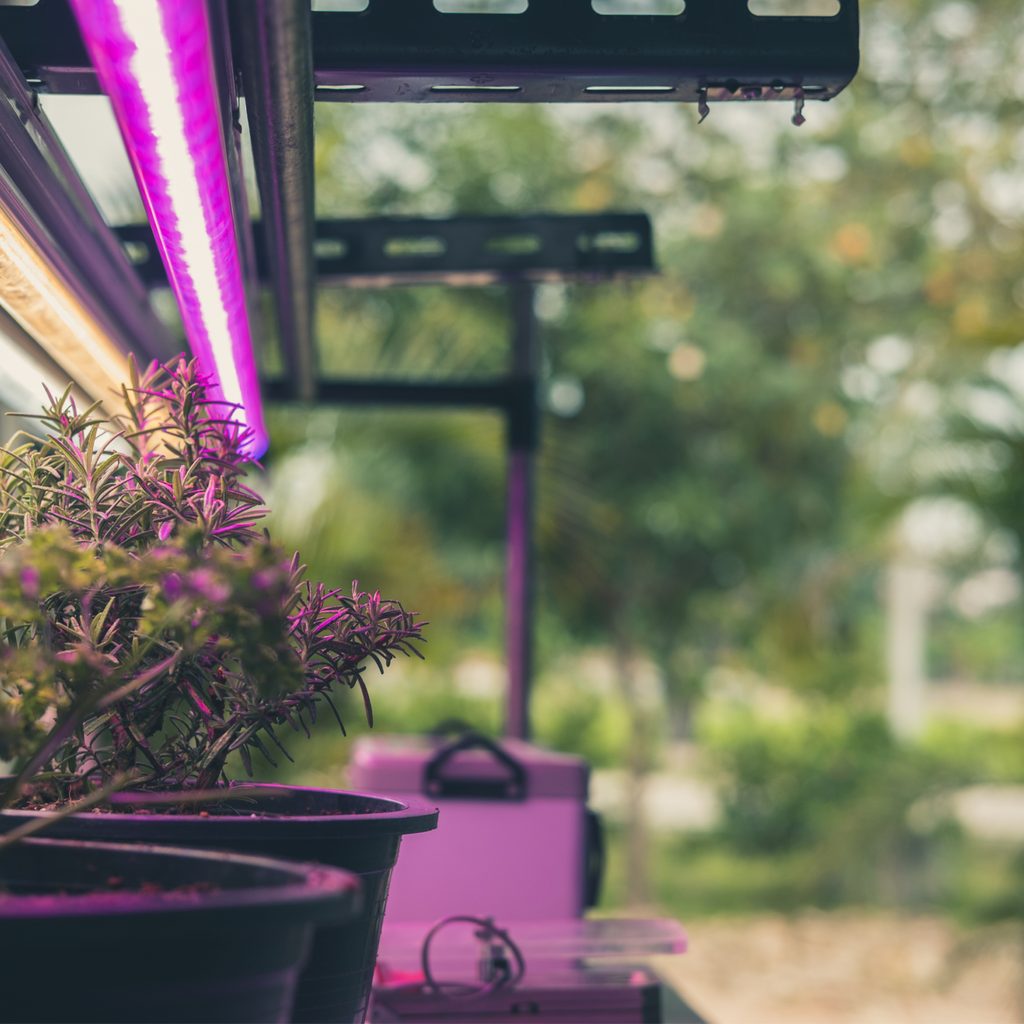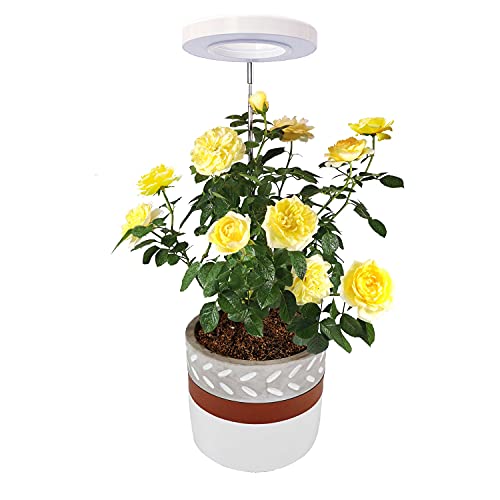There are several reasons why implementing grow lights in your plant care can be helpful. For example, not all homes provide enough light for plants to thrive. This is sometimes caused by not enough windows or windows facing north where light isn’t as strong. You might also have such an extensive plant collection that there’s no way you could find enough space around the windows; you have to provide all your plants with enough light. Instead of saying you shouldn’t buy more plants, you can buy grow lights! Another reason to use grow lights might be to start seeds for your vegetable garden. This is a great way to extend your growing season and get a headstart on your kitchen garden even while temperatures are still freezing.
No matter the reason, finding the right grow light can sometimes feel a little overwhelming. There are so many options out there, and there isn’t a “one-size-fits-all” option. So today, we’ll be sharing three of the best indoor grow lights for your house plants or small seed start set up.

Good: Mosthink LED Plant Grow Light Strips
When we need to add grow lights to our home, it can feel impossible to find the space. So many grow lights are on stands or need to be hung from the ceiling. However, these grow lights by Mosthink are strips that can be installed on an existing shelf, on a wall, under a cabinet, or anywhere! Reviewers say these are easy to install and are the perfect solution to a tight space needing more light.
Included is an outlet plug, a USB cord with controls, and two LED light strips. You can adjust the strength of the light between 25, 50, 75, or 100 percent, depending on your plant’s needs. There are also settings where you can have the lights turn on and off automatically. This makes it super easy to leave for work, go out to dinner, or leave for vacation and know that your lights won’t get too much light.
Better: Full Spectrum LED Grow Light
Sometimes there’s that one plant that just isn’t thriving, but you don’t have a space open where you can move it. Or, it’s on your desk, and you don’t want to move it and not have it to look at while you’re working all day. This small, full spectrum LED grow light might be exactly what you’re looking for. It comes in a pack of one or two, so you could supplement more than one plant. It’s small enough to fit small to medium plants but big enough to provide plenty of light for your plant to be happy and healthy. It’s easy to set up, and reviewers say their plants love it.
It has a built-in timer so the light will turn on and off automatically. This is ideal for those taking plants to an office where you can’t go in on the weekend and turn on your grow light. The height of the light is adjustable, so you can customize it to suit whatever size plant you have. It’s made with an easy-to-clean aluminum shell that won’t be hot if you bump into it and won’t burn your plant if a leaf decides to rest against it.

Best: EZORKAS Dimmable Level Grow Lights
Keeping things simple is sometimes the best way to go; however, some situations require more elaborate setups. For example, growers who collect calatheas know they need unique water treatments and higher humidity levels than other plants, so they might need a heavy-duty humidifier and a special corner in their home for those needy plants. Similarly, you might have a collection of plants that need more light than others. These could be cactus, hoya, or other bright light plants. And some plants require more customizable light brightness and light color. For example, if you want a hoya to bloom, you can encourage it to do so with red-colored light.
For needs this specific, you’ll want to go with this grow light by EZORKAS. It has an automatic turn-on and turn-off function, red and blue LED combinations, nine dimmable settings, and four adjustable heads that can bend and swivel to whatever angle you need them. Reviewers say this light is sturdy even when the arms are at awkward angles, and they put off an impressive amount of light on their highest setting.
We all want our plants to live their best lives and grow to be luscious and beautiful green babies in our homes. But, sometimes, to achieve those Instagram-worthy plant goals, you need a little help! These three indoor grow lights are perfect for giving your plants the boost of light they need and allow you to grow plants in locations you might not have been able to before.





